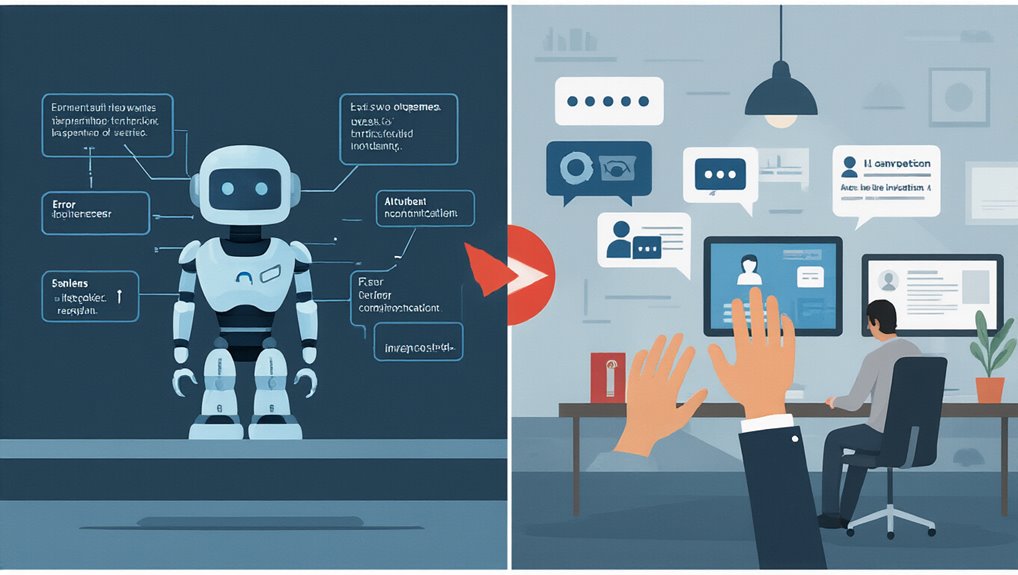Why do so many organizations struggle to fully harness their data’s potential? Research indicates that most data integration initiatives fall short because of several key factors: underestimated complexity, inadequate monitoring, and legacy system constraints. Only 2% of organizations have successfully integrated more than half of their applications, while the average company connects just 29% of its systems.
Data integration challenges persist as complexity, poor monitoring, and legacy systems limit most organizations to connecting less than 30% of applications.
The cost of integration failures is substantial. For 90% of mid-sized and large enterprises, hourly downtime costs exceed $300,000, contributing to global annual losses of approximately $400 billion. Additionally, 80% of project delays stem directly from integration failures, highlighting the critical nature of this challenge. Implementing B2B integration solutions can reduce these failures through automated processes and enhanced data exchange between trading partners.
To achieve integration success, you must first establish clear metrics. Ideal data integration success rates should exceed 90%, with data success rates specifically reaching 99.9% to guarantee reliable transfers. Organizations that implement regular KPI monitoring reduce integration issues by approximately 42% and improve resolution times considerably.
Time and resource allocation presents another major hurdle. About 71% of organizations require at least three weeks to deploy a single integration, reflecting both resource constraints and technical complexity. You need dedicated resources and specialized tools to overcome this bottleneck. Starting with 3-5 key metrics provides clearer insights and helps focus your integration efforts on what truly matters.
These challenges are compounded by ongoing maintenance requirements. Half of all organizations face disruption from third-party API changes and application discontinuations. Conducting quarterly reviews allows businesses to identify improvement areas and adapt to changing integration needs. Continuous monitoring becomes essential for long-term success.
To make your integration efforts succeed:
- Set realistic expectations by thoroughly evaluating complexity before beginning
- Implement hourly monitoring of system performance, including uptime and response times
- Track error rates in real-time to enable swift problem identification
- Establish clear KPI goals to improve success rates by up to 85%
- Allocate sufficient resources for both implementation and maintenance
Organizations that maintain data integrity and synchronization accuracy between systems like CRM and ERP achieve greater operational efficiency. With proper planning, monitoring, and resource allocation, you can transform integration challenges into opportunities for competitive advantage.









